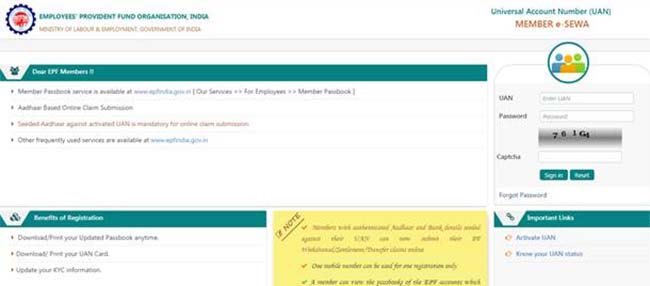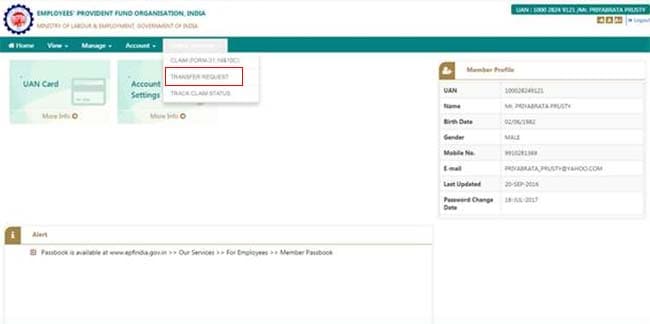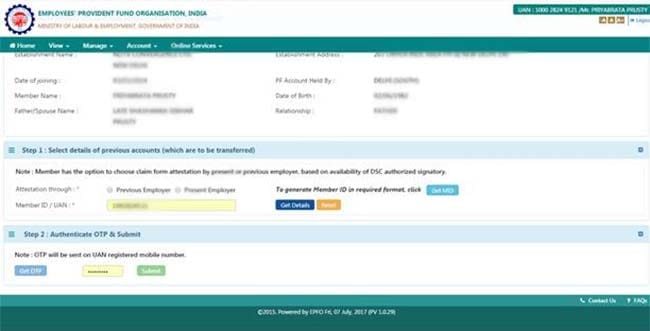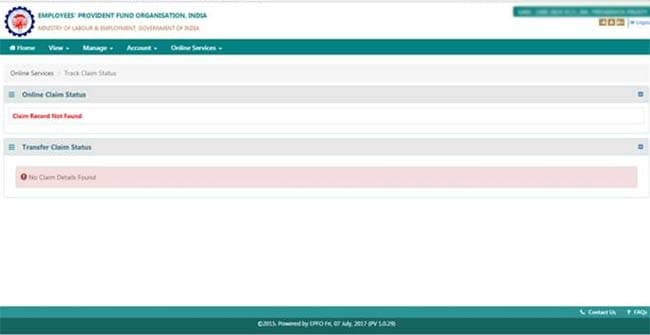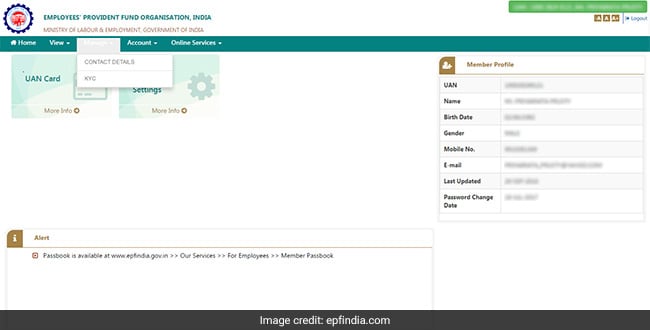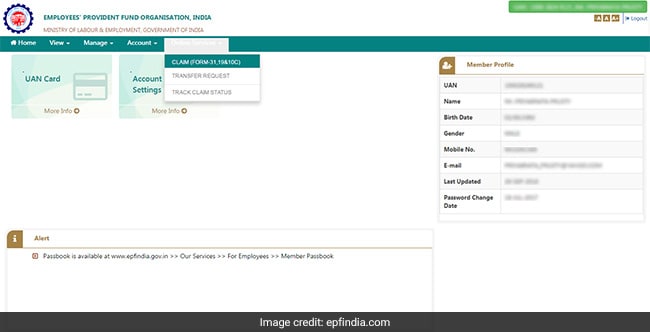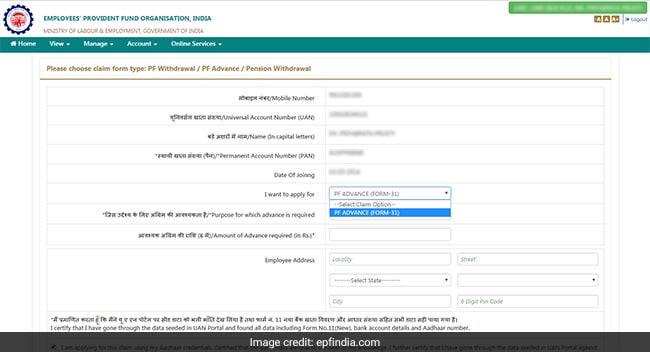Time off
Learn the vocabulary to talk about
being absent from jobs in English:
to take time off = to be absent from work, at home or on vacation.
·
I'm going to take a few days off to
visit my parents.
·
I'm taking Monday off to go to the
dentist and do some jobs at home.
to take a vacation = to take time away from work, especially when you travel
for pleasure.
·
I'm taking my vacation next month.
We're going to Spain.
·
I have to take my vacation during
the school holidays because of my children.
to take a sabbatical = to take time away from work to study or travel, usually
while continuing to be paid.
·
He's on a sabbatical while he does
his MBA. He'll be back next month.
·
She's on a sabbatical from her job
while she does research for her thesis.
to take unpaid leave = to have an authorized absence from work but without
salary.
·
She's taken some unpaid leave while
she moves house.
·
I don't have any paid holiday left
so I'd like to take unpaid leave.
to be off sick = to be absent from work due to illness.
·
When you are off sick, you must
provide a doctor's note.
·
He has been off sick for a few days
now. I think he'll be back at work on Monday.
sick leave = the time that you can be absent from work, often while
being paid part or all of your salary.
·
She is having an operation and so
will be on sick leave for the next two months.
·
When you are on sick leave
prescribed by your doctor, you get paid your full salary for the first three
months.
maternity leave = the period a mother is legally authorised to be absent
from work before and after the birth of a child.
·
Her maternity leave finishes next
week but she is not coming back to work.
·
Statutory maternity leave is paid
for up to 26 weeks and can start 11 weeks before the baby is due.
parental leave = the time that a parent is allowed to spend away from work
to take care of their baby.
·
He has taken parental leave to look
after the baby while his wife returns to work.
·
You have to work for an employer for
one year to qualify for parental leave to look after your children.
statutory sick pay = the money paid by a company to an employee who cannot
work due to illness.
·
If you are absent from work due to
illness, you may be able to claim sick pay.
·
To claim sick pay, you have to have
medical certificate from your doctor stating that you are unable to work.
a public holiday = a day when almost everybody does not have to go to work
(for example in the US July 4th or January 1st).
·
We have 25 days paid holiday plus 10
public holidays.
·
When there is a public holiday on a
Thursday, many people take the Friday off too.
Time off
Learn the vocabulary to talk about
being absent from jobs in English:
to take time off = to be absent from work, at home or on vacation.
·
I'm going to take a few days off to
visit my parents.
·
I'm taking Monday off to go to the
dentist and do some jobs at home.
to take a vacation = to take time away from work, especially when you travel
for pleasure.
·
I'm taking my vacation next month.
We're going to Spain.
·
I have to take my vacation during
the school holidays because of my children.
to take a sabbatical = to take time away from work to study or travel, usually
while continuing to be paid.
·
He's on a sabbatical while he does
his MBA. He'll be back next month.
·
She's on a sabbatical from her job
while she does research for her thesis.
to take unpaid leave = to have an authorized absence from work but without
salary.
·
She's taken some unpaid leave while
she moves house.
·
I don't have any paid holiday left
so I'd like to take unpaid leave.
to be off sick = to be absent from work due to illness.
·
When you are off sick, you must
provide a doctor's note.
·
He has been off sick for a few days
now. I think he'll be back at work on Monday.
sick leave = the time that you can be absent from work, often while
being paid part or all of your salary.
·
She is having an operation and so
will be on sick leave for the next two months.
·
When you are on sick leave
prescribed by your doctor, you get paid your full salary for the first three
months.
maternity leave = the period a mother is legally authorised to be absent
from work before and after the birth of a child.
·
Her maternity leave finishes next
week but she is not coming back to work.
·
Statutory maternity leave is paid
for up to 26 weeks and can start 11 weeks before the baby is due.
parental leave = the time that a parent is allowed to spend away from work
to take care of their baby.
·
He has taken parental leave to look
after the baby while his wife returns to work.
·
You have to work for an employer for
one year to qualify for parental leave to look after your children.
statutory sick pay = the money paid by a company to an employee who cannot
work due to illness.
·
If you are absent from work due to
illness, you may be able to claim sick pay.
·
To claim sick pay, you have to have
medical certificate from your doctor stating that you are unable to work.
a public holiday = a day when almost everybody does not have to go to work
(for example in the US July 4th or January 1st).
·
We have 25 days paid holiday plus 10
public holidays.
·
When there is a public holiday on a
Thursday, many people take the Friday off too.
Useful phrasal verbs 1
Learn the most common phrasal verbs
used in Human Resources in English:
'close down' = to shut
·
We have closed down the small local
branches and created bigger regional offices.
·
The factory closed down in the
1970's because it was too expensive to produce here.
'fight against' = to make an effort to stop something happening
·
All the workers fought against the
closure but the plant was no longer profitable.
·
The unions have been fighting
against the proposed changes as they think it will mean job losses.
'go back on something' = to change an agreement
·
We had come to an agreement but now
she has gone back on it.
·
The company promised to review the
situation but went back on its word and didn't.
'put back' = to postpone, delay in time
·
They promised to make a decision
today but it has been put back until next week.
·
My visit has been put back until a
later date when it will be easier to plan.
'fall behind' = not risen as fast as, fail to do something as fast as
required
·
We have fallen behind schedule. It
won't be completed on time.
·
Our salaries have fallen behind the
national average with the small increase we have had.
'turn down' = to refuse, not accept
·
We offered a two per cent increase
but it was turned down.
·
We offered him a much higher salary
but he turned it down and didn't join our team.
'fill in for someone' = to replace someone during an absence
·
I need to brief the person who will
be filling in for me while I am on maternity.
·
I filled in for Jamie while he was
on holiday.
'back someone up' = to support or to help
·
Whenever there is a dispute with
someone in my team, my manager always backs me up.
·
Nobody backed him up when he said he
had been discriminated against.
'work out' = to calculate
·
I don't know how much holiday I have
left. I need to work it out.
·
We need to work out how much this is
really going to cost.
'drag on' = to last a long time, go on longer than anticipated
·
The negotiations are dragging on. I
think we'll never reach an agreement.
·
The meeting dragged on and on. I
thought I'd never get home.
Common Phrasal Verbs 2
In English, we use a lot of phrasal
verbs. These are verbs with more than one part; the verb and one or two particles.
Let's continue looking at some of the most common in the area of Human
Resources:
'get on' = to have a good relationship
·
I don't like my boss. We just don't
get on.
·
The atmosphere is terrible. He
doesn't get on with his co-workers.
'follow up' = to find out more about or take further action on
something.
·
Before we offer her the job, we need
to follow up on her references.
·
The training is followed up by
regular refresher courses over a six-month period.
'set up' = to arrange for an activity or event to happen
·
I'd like to discuss it further. Can
we set up a meeting?
·
I've set up interviews with the
remaining three candidates.
'make up' = do or pay extra to cover a difference.
·
I'd like to leave early on Friday.
I'll make up the time next week.
·
There was an error in your expenses.
We'll make up the difference next month.
'hand in' = to give something
·
He's leaving at the end of the
month. He has handed in his resignation.
·
I haven't handed my time sheet in
yet. I must do it now.
'work out' your notice = to continue working through the period after
you have resigned.
·
They asked him to leave immediately.
He didn't have to work out his notice.
·
He negotiated a deal so he didn't
have to work out his notice and could leave sooner.
'sort out' = to resolve
·
We don't know who is going to
replace Sue. We have to sort it out soon.
·
I have finally sorted out the error
on the time sheets. It's all correct now.
'carry on' = to continue
·
We still haven't found a suitable
candidate. We'll have to carry on looking.
·
Until we get the new software
installed, we'll have to carry on using the old.
'back out' = to decide not to do something previously agreed.
·
They had agreed to do it but then
backed out.
·
He had accepted the post but backed
out at the last minute so we're considering other candidates.
'go with' = to adopt or support an idea or plan.
·
I think your idea is a good one. I
think we should go with it.
We're not really sure which agency to go with.
We don't think any of them are really what we are really looking for.

